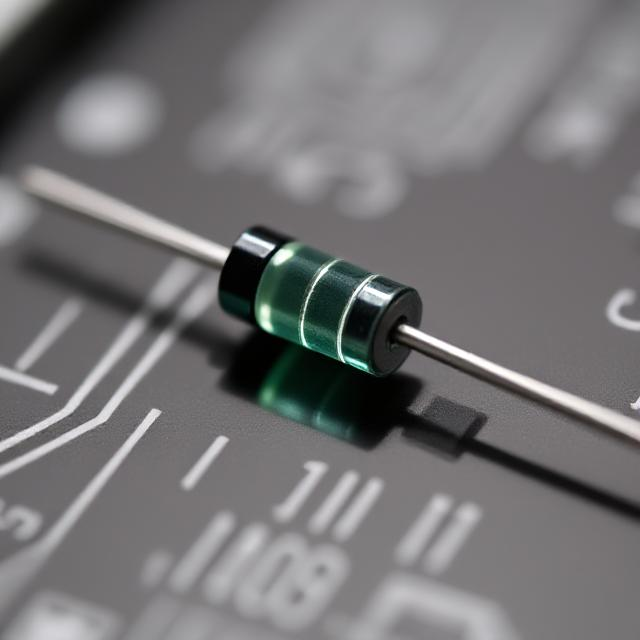What is Power Electronics?
Power electronics is the field of electrical engineering that deals with the conversion, control, and regulation of electric power using electronic devices. It involves using semiconductor devices (like transistors and diodes) to change the form or flow of electrical energy in various systems, such as converting AC (alternating current) to DC (direct current), controlling the speed of motors, or adjusting voltage levels. Power electronics is about converting and controlling electrical power using electronic components like semiconductors. It helps us change electrical power from one form to another (e.g., AC to DC), control motor speeds, and ensure devices get the right amount of power. This technology is used in a wide range of applications, from electric vehicles to renewable energy systems, and plays a key role in improving energy efficiency, saving resources, and reducing environmental impact. Power electronics is about using electronics to manage and control electrical power, making it more efficient and adaptable for different needs.

Key Concepts in Power Electronics :
- Power Conversion:
- AC to DC Conversion (Rectification): Changing AC (alternating current) into DC (direct current).
- Example: A rectifier in a power supply turns the AC from a wall outlet into the DC needed to power electronics like laptops or phones.
- DC to AC Conversion (Inversion): Changing DC into AC.
- Example: Inverters in solar panels convert DC from solar cells into AC, which can be used to power your home.
- Voltage Conversion: Changing the voltage level of the electricity. This can involve either stepping up (increasing) or stepping down (decreasing) the voltage.
- Example: A transformer in a power grid changes voltage levels to ensure electricity is safely transmitted over long distances.
- AC to DC Conversion (Rectification): Changing AC (alternating current) into DC (direct current).
- Power Control: Power electronics allows for precise control of electrical energy:
- Speed Control of Motors: Power electronics control the speed and torque (turning force) of motors used in fans, pumps, and electric vehicles.
- Power Regulation: It ensures the right amount of power is supplied to devices, preventing overload or energy wastage.
- Efficiency: One of the key goals of power electronics is to maximize efficiency while converting and controlling power. By reducing energy loss, power electronics helps save energy and makes systems more reliable.
Components Used in Power Electronics :
- Semiconductor Devices: These are the “switches” in power electronics. They control the flow of electricity, allowing for conversion and regulation of power. Some important semiconductor devices are:
- Diodes: Allow current to flow in one direction, used in AC to DC conversion.
- Transistors: Act as switches to control the flow of current. They can be used to turn power on and off very quickly.
- Thyristors: Devices that act as switches but can handle high power and are used in applications like controlling large motors or power grids.
- Capacitors: These store electrical energy and smooth out fluctuations in power (filtering out noise).
- Inductors: These store energy in magnetic fields and are used in circuits to regulate the flow of power.
Applications of Power Electronics :
- Electric Vehicles (EVs): Power electronics are used to control the battery charging, motor speed, and energy conversion between the battery and the motor to ensure smooth operation and efficiency.
- Renewable Energy Systems: Power electronics are essential in solar power and wind power systems, where they convert DC from solar panels or wind turbines into AC for household use. They also control how energy is stored in batteries.
- Home Appliances: Many modern appliances like air conditioners, refrigerators, and washing machines use power electronics to control motor speed, energy consumption, and adapt to different power needs.
- Power Supply Systems: Power electronics is used in power supplies for computers, telecom equipment, and industrial systems to ensure they receive the correct voltage and current.
- Industrial Motor Drives: Power electronics are used in factories and plants to control the speed and torque of motors that run conveyor belts, pumps, and other machinery. This improves efficiency and performance.
- Smart Grids: In power grids, power electronics help manage the distribution of electricity, ensuring stable and reliable power delivery to homes and businesses.
Why Power Electronics is Important
- Efficiency: Power electronics reduce energy loss by controlling and converting power more efficiently. This helps save energy and reduces costs.
- Flexibility: Power electronics provide the ability to convert and control power to meet different needs (e.g., controlling motor speed, adjusting voltage, or managing power from renewable energy sources).
- Miniaturization: Thanks to power electronics, electronic devices like computers, phones, and appliances are becoming smaller and more efficient because they use less power and generate less heat.
- Environmental Impact: Power electronics contribute to more energy-efficient systems, helping reduce carbon footprints and supporting renewable energy sources.











